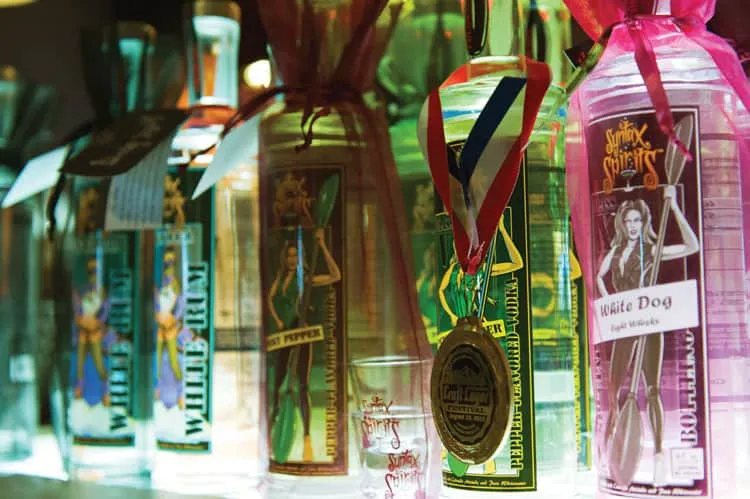Craft distilleries toast surge in sipping

The drinks are flowing, but there’s not a pint glass to be found. Highballs, snifters and shot glasses hold a variety of potent, clear, honey- and amber-colored liquids. Carbonation and foam are nonexistent.
It’s still Northern Colorado, but instead of a highly lauded microbrewery, the setting is that of a craft distillery.
Eighty years after the repeal of Prohibition, Colorado is home to 46 craft distilleries, five of which are situated along the Front Range. They produce a wide variety of spirits from honey vodka to blue-corn and rye bourbon. And more are on the way.
In a microbrewery-saturated state, Colorado’s craft distilleries…
THIS ARTICLE IS FOR SUBSCRIBERS ONLY
Continue reading for less than $3 per week!
Get a month of award-winning local business news, trends and insights
Access award-winning content today!
